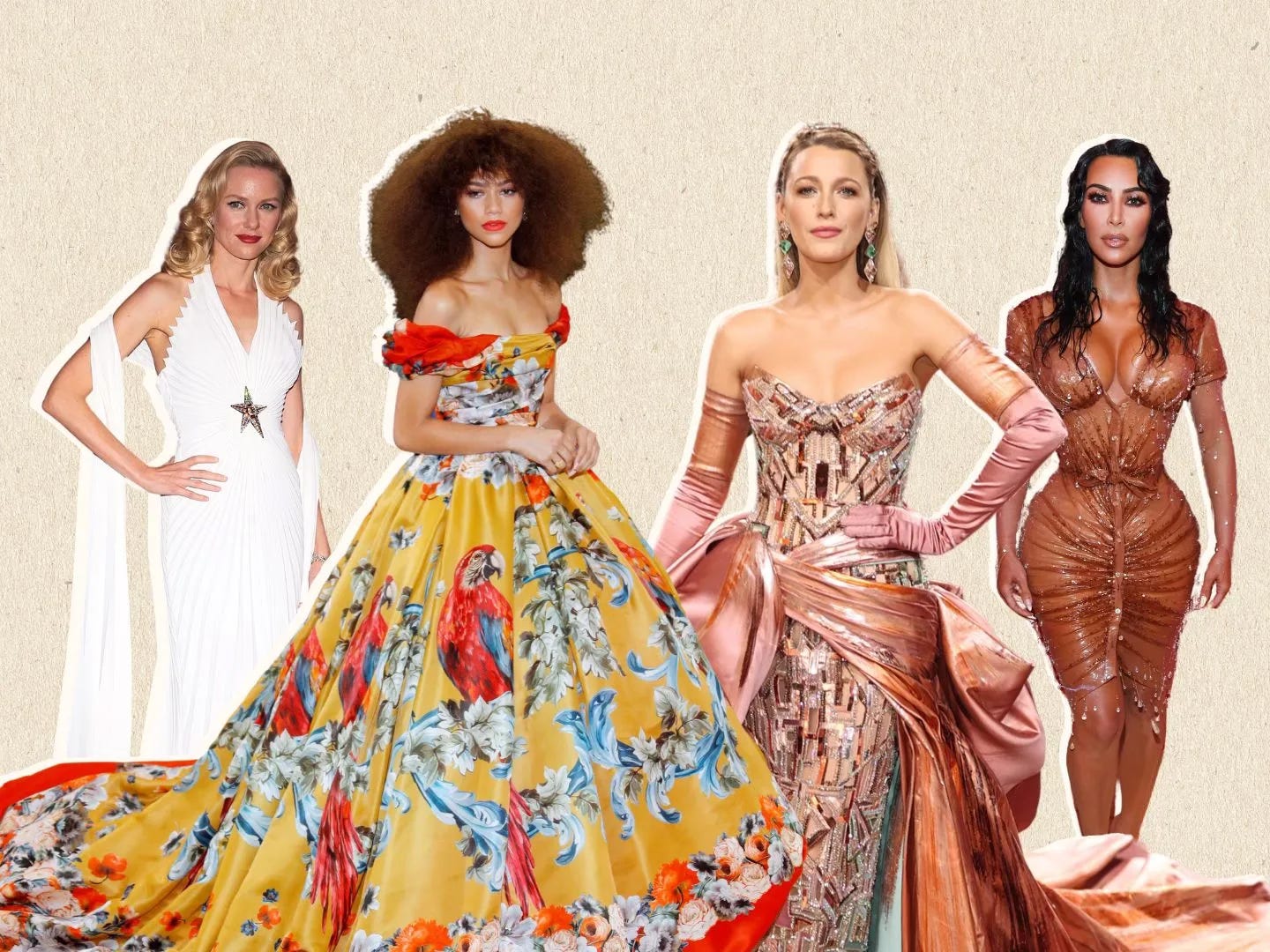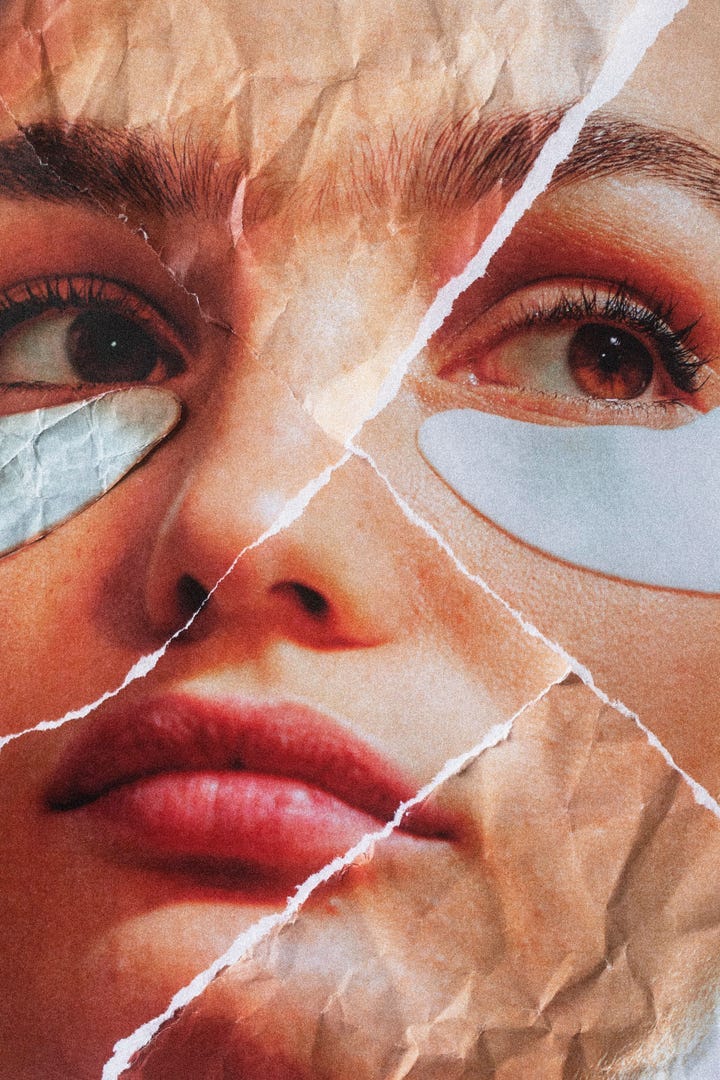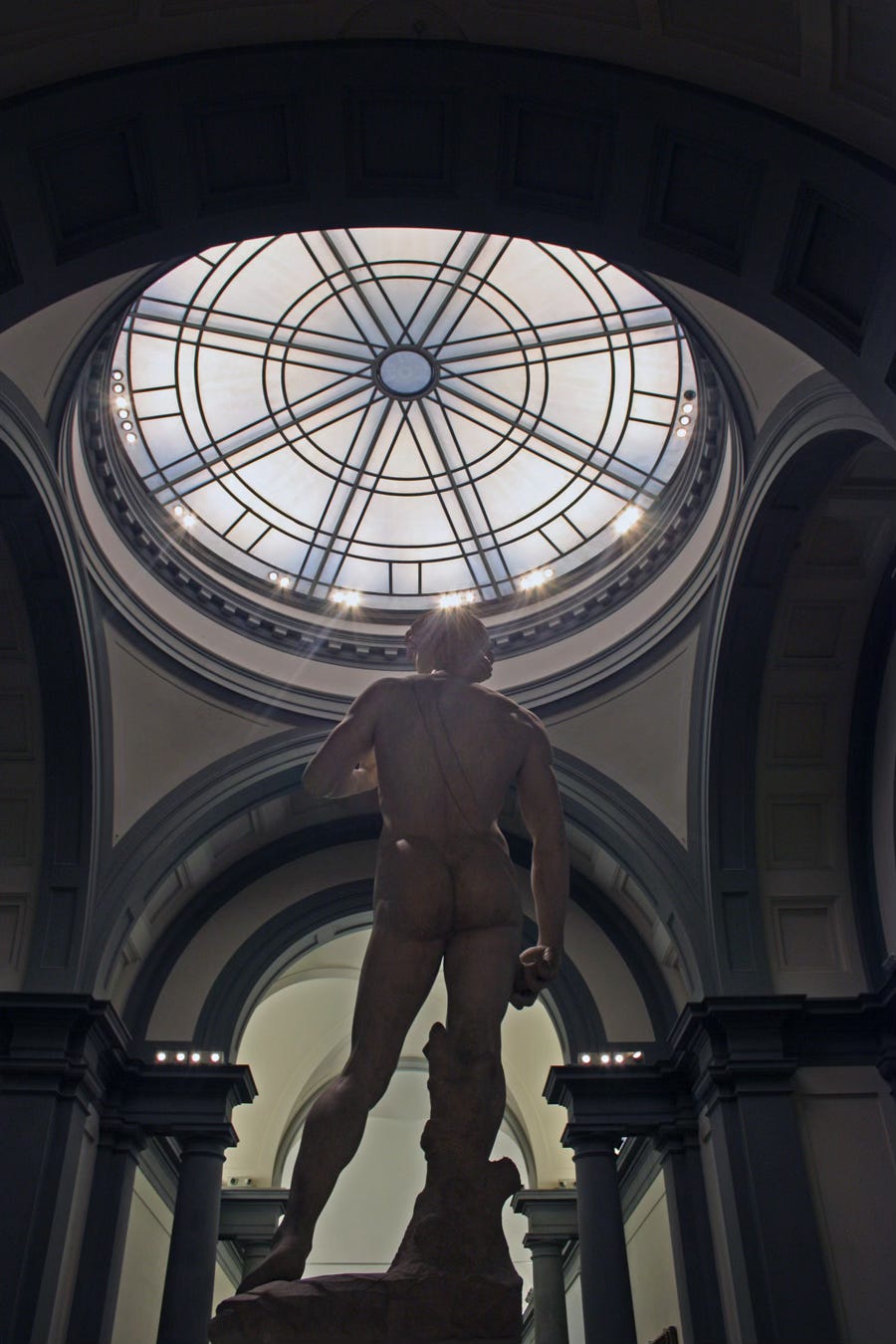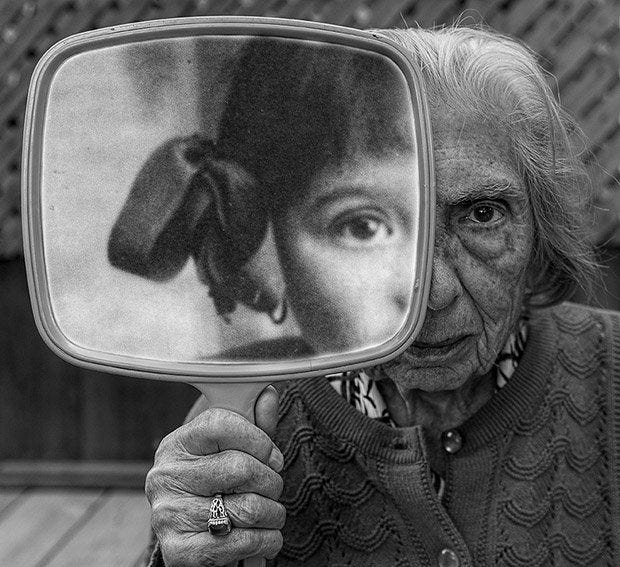Beautiful.
Having qualities of beauty: exciting aesthetic pleasure
Generally pleasing: excellent
Note: Beautiful applies to whatever excites the keenest of pleasure to the senses and stirs emotion through the senses.
This definition from the Merriam-Webster dictionary– our baseline to define the term seems simple enough. Yet, that definition alone doesn’t account for its more subtle, complex social context that continually evolves with greater understanding and appreciation. What constitutes beauty? What qualities make something or someone beautiful? What is the basis on which we can properly evaluate that which cannot be measured? What is the value of beauty, exactly? After all, beautifulness isn’t just exclusive to fine art or conventionally attractive people– this descriptor can be applied to experiences, as noted by the dictionary. Anything that can stir strong emotions can thus be considered beautiful in its own right, even if others may not share that sentiment. So what gives?
Consider the sculpture David by the late legendary Italian Renaissance artist Michelangelo. A 5.17 meter tall marble statue, a world renowned example of anatomical understanding and artistic craftsmanship coming together to recreate the biblical figure of David. And yet, this biblical figure is nude. Modern society would have many decry any hint of nudity as a sacrilegious, sexual perversion due to the concept of nudity commonly being associated with acts of sexual activity outside of showering/bathing. And even attempts to portray nudity for artistic intentions, to showcase someone at their most vulnerable, often skews towards presenting women’s bodies, a topic which in and of itself feels like a never-ending conundrum of social and political debates, Aside from the problematic concept of “chaste purity,” since Christianity heavily emphasizes on its sacred holiness, wouldn’t exposing his naked body, therefore, be considered an act of sacrilegious heresy? At one point, someone covered his genitals with a leaf because they considered it obscene. The act of presenting or implying nudity in any capacity within the modern world is considered obscene. Yet, would the art community appreciate the craftsmanship for what it is had David put some clothes on? The beauty of this sculpture is not just the historical value it carries over from a revolutionary period of artistic growth and innovation. There is sublime beauty in the shapeliness of the figure, the angle at which his pose leans against. A relaxed, confident feel to it through the placement of his body weight onto his right leg, while David looks up, head facing straight. This isn’t David the young shepherd boy. This is David the man who faced great opposition and stood tall despite the threat of death. Besides potentially obstructing the absolute display of anatomical prowess and sculpting skill, the addition of clothes could have detracted from the themes presented here. Nudity, in this case, is not something to be abhorred, to be disgusted or ashamed for. It is a declaration of one’s confidence in oneself at its deepest core, the truest, pure self. Just as David overcame Goliath, Michelangelo overcame the challenges of sculpting a massive sculpture to present one of the finest works of art known to the art world. David’s beauty, therefore, lies in the masterful rendition of the bodily form and the intimate vulnerability of the nude self.

On the other hand, fashion and make-up are arguably more infamous examples of beauty standards at play. Much of what dictates fashion trends depends on various factors, but good marketing plays a key role. How one presents themselves can be just as important, if not more so, than the actual clothing or makeup line. There’s a reason the modelling industry exists hand in hand with the fashion industry. Fashion weeks, the Met Gala, events that parade luxury fashion design can present ambitious works that challenge and push the boundaries of what’s fashionably acceptable. However, it’s not just enough to create conventionally or unconventionally appealing clothing. It’s about how consumers can imagine themselves wearing that, to justify the high price premium luxury brands charge. Having the right models that can express the intent of the clothing, to tell the story behind its creation is what creates these seemingly irrational, illogical attachments to the brand. It’s what can convince their target audience, usually young adults who are most conscious of social trends, to buy into the appeal of their products. I feel this is especially so with make-up, which can only be used a finite amount of times. Many of us want to feel beautiful because part of that appeal is having other people recognize, acknowledge, and desire us under a particular circumstance that feels akin to a dream. Like a Cinderella transformation in which we could feel special in this moment before returning to a mundane reality. Yet, it’s not easy to envision that for ourselves when society has conditioned certain social expectations only the privileged, it appears, can benefit from and even exploit. What could be considered “beautiful” within this context is the appearance of exclusivity, the illusion of luxury brands like Chanel, Gucci, Prada and many others tout themselves as due to the internalized desire for social validation from peers. Commercialized into this bastardized version of beauty that can harm others by encouraging reckless financial purchases and reinforcing unrealistic beauty standards (i.e. models being a certain height and weight) in an effort to mold oneself into an impossible projection borne from companies manipulating said desire to become beautiful. The most prominent example of this, funny enough, is the K-pop industry. Especially from my decade (almost two now) long experience as a Kpop fan, I am all too aware of South Korea’s extreme beauty standards. From unreasonable starvation diets while performing nonstop to offering plastic surgery as birthday presents to young, impressionable youths, South Korea has an unhealthy obsession with image control and striving for impossible perfection. They want “all natural beauties”, yet it’s impossible to live up to those standards unless you get a surgery done or two, which the same people also mock those idols and trainees who do or have been suspected of getting anything done. Which, let’s be real with ourselves, every single idol most likely has. In this case, the desire to chase after and maintain the ideal beautiful state often creates complications further down the road. Not to mention the industry has shifted its focus onto debuting idols at ages where kids their ages are still in school and playing games. Not only does it reinforce ageist ideals (idols having an “expiration date” on how long they can maintain a certain level of beauty), but it also brainwashes the youth to internalize physical, mental, psychological, and unfortunately potential situations of sexual abuse to earn the love and support of fans. And as they grow into their appearances, they, too, shape themselves accordingly because appearance in Korea is everything. Therefore, to be beautiful is to be worshipped like gods, unattainable beauty so many desire, envy, and crave, yet in the process destroy themselves.
Many of us are sick of hearing the same answer, but I still have to say it for what it is: beauty is a concept that is heavily dependent on context. What constitutes beauty varies from person to person. I understand that that can be a disappointing answer, but the reality is that there is no consistent consensus as to what is beautiful. What is important to remember is that beauty is another quality of life to consider. We can appreciate it for what it brings in our lives, yet still acknowledge important social discussions surrounding it. There’s nothing wrong with wanting to be beautiful or buying aesthetically pleasing items. At the end of the day, there’s beauty in allowing ourselves the grace to embrace this aspect of happiness.






